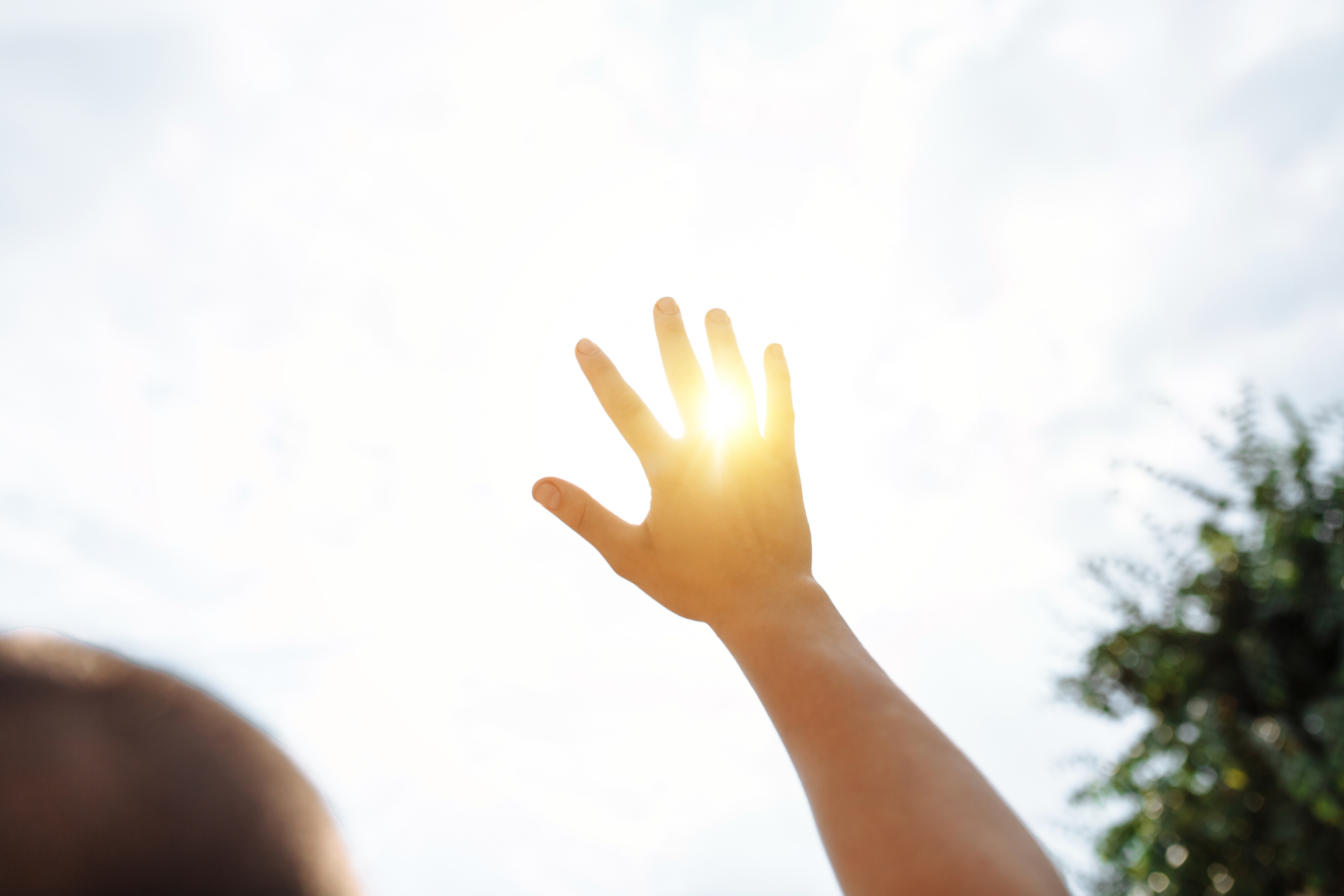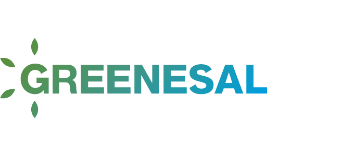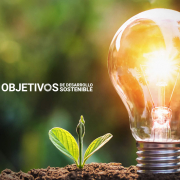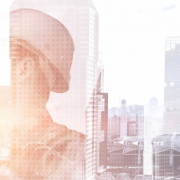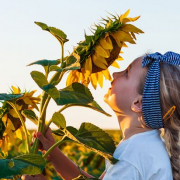Sustainability. What it really is?

Over the last few years, the terms sustainability and sustainable development have been on everyone’s lips. Sustainable vehicles, sustainable fuels, sustainable fashion, sustainable food products… but do you really know what these concepts mean?
What is sustainability?
The concept of sustainable development was first recorded 36 years ago, with the publication in 1987 of the Brundtland Report for the United Nations, entitled “Our Common Future”. It warned of the negative environmental consequences of excessive industrialisation, economic development and globalisation, and proposed sustainability strategies centred around 3 main strategic lines:
- Quality and sustainable economic growth to alleviate poverty.
- Improving the quality of this economic growth, addressing issues such as energy supply, food security and the preservation of ecosystems.
- Care for the environment, which should become a fundamental element in the decision-making process of institutions, organisations and companies.
In addition, the report focused for the first time on social, economic and environmental issues and how they relate to each other. It also clearly defined what is meant by sustainable development: “Development that meets the needs of the present without compromising the ability of future generations to meet their own needs”.
The 3 pillars of sustainable development
Sustainability is still understood in the same way today, with the emphasis still being placed on the need to find an integrated balance between the social, environmental and economic spheres to speak of truly sustainable development:
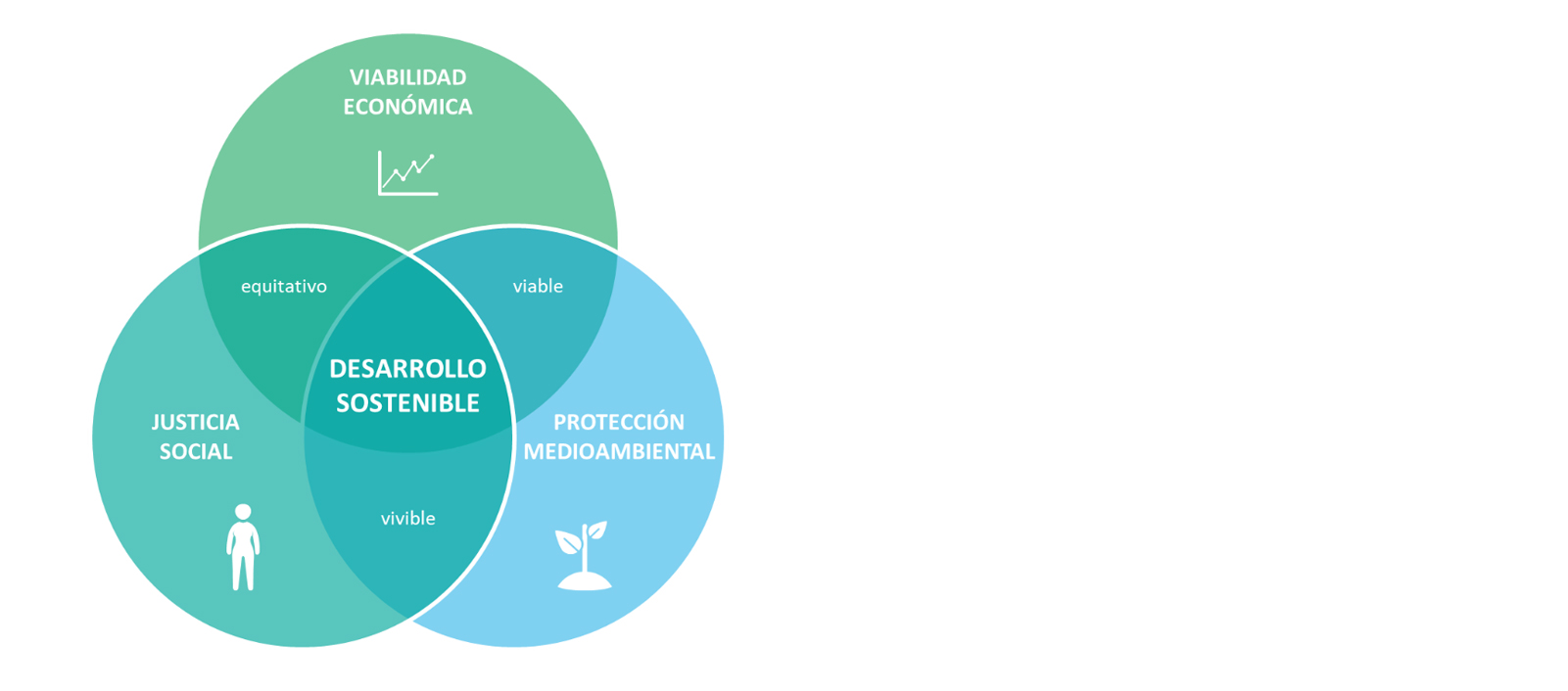
Social justice.
It seeks the well-being of all people and communities. We all need to have our basic needs covered: jobs, healthcare, food and energy security, water supply or access to good education, among others. Furthermore, these issues must be addressed in a way that considers and respects the cultural and social diversity of each community and ensures that there are no situations of injustice or discrimination of any kind, promoting the role of all members of society in determining their future.
Economic viability.
It pursues a new business model that generates wealth in a sustainable way. The productive system must satisfy social needs while ensuring that neither natural resources nor the well-being of future generations is put at risk. In other words, the economic approach must integrate the needs of the population and environmental limits to promote responsible balance in the long term.
Environmental protection.
In order to find a model that allows us to exploit resources without depleting them, contributing to their recovery for future use, and to make progress in the fight against climate change, it is necessary to apply environmental protection measures that, at the same time, consider the needs of the population and the economic means available where they are to be applied.
How to achieve sustainability? The 2030 Agenda
Once the concept of sustainability was defined, the next challenge was to figure out how to achieve it. The concept needed to be crystallised into concrete policies that would provide a stable framework for action; this led to the emergence of the 2030 Agenda and the Sustainable Development Goals (SDGs).
The Agenda was adopted in September 2015 by the 193 UN Member States as an ambitious roadmap to achieve sustainable development by 2030 by ending poverty, protecting the planet and improving the lives and prospects of people around the world. It is composed of 17 SDGs, which are further subdivided into 169 targets and 232 indicators.
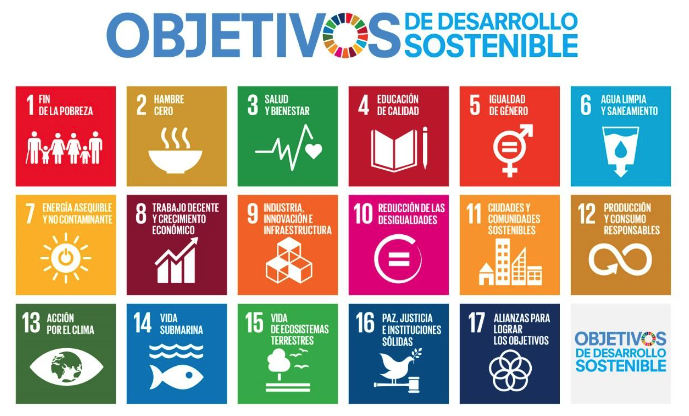
This is not the first initiative in favour of sustainable development; in fact, the SDGs are a continuation of the UN’s Millennium Development Goals (2000-2015), which at the time constituted the first international confluence to tackle global problems. While it is true that not all the targets set by the MDGs were met, there were important advances that were extended through the 2030 Agenda, such as the realisation of the need to work collaboratively. Only through partnerships and the active involvement of people, companies, administrations and countries around the world will it be possible to achieve the SDGs.
In terms of its central axes, the 2030 Agenda is built around what are already known as the 5Ps:
1- People
End poverty in all its forms and ensure that all people can fulfil their potential with dignity and equality in a healthy environment.
2- Planet
Protect the planet’s natural resources through sustainable consumption, production and management, and combat climate change, to ensure a decent environment for future generations.
3- Prosperity
To ensure that everyone can enjoy a prosperous and fulfilling life, and that economic, social and technological progress occurs in harmony with nature.
4- Peace
Foster peaceful, just and inclusive societies free from fear and violence.
5- Participation
Implement the Agenda through strong global partnerships, based on solidarity and focused on the needs of the most vulnerable.
